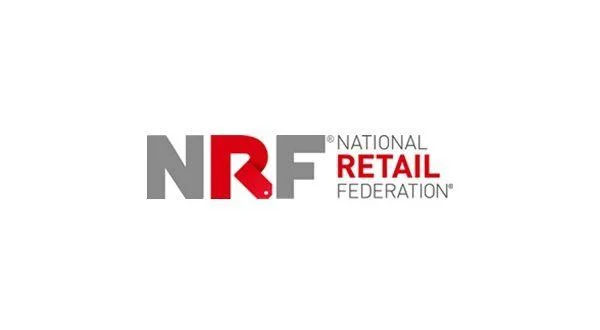Source: www.insideradio.com, January 2024
Retail sales continued to grow in December, putting the wraps on a strong holiday shopping season, according to the CNBC/NRF Retail Monitor, released Wednesday by the National Retail Federation. Total retail sales, excluding automobiles and gasoline, were up 0.44% seasonally adjusted month-over-month and up 3.07% unadjusted year-over-year in December. That compared with increases of 0.77% month-over-month and 4.24% year-over-year in November.
Core retail sales, which excludes restaurants in addition to autos and gas, showed increases of 0.19% month-over-month and 2.4% year-over-year in December. That marked a modest slowdown from November, which delivered increases of 0.73% month-over-month and 4.17% year-over-year.
NRF says total retail sales for all of 2023 were up 5.32% over 2022 and core retail sales were up 4.46%.
The numbers give followers of the retail industry a jumpstart on government data that is expected to be released next week.
“December’s numbers combined with November’s results show retailers had a very successful two-month holiday season,” NRF President and CEO Matthew Shay said in a news release. “Clearly, retailers got it right this holiday season, providing consumers with what they wanted, options on when and where to make their purchases and with prices customers were comfortable paying.”
The results follow NRF’s forecast that holiday retail sales from Nov. 1-Dec. 31– excluding autos, gas and restaurants – would increase between 3% and 4% over 2022 to a record of between $957.3 billion and $966.6 billion. The forecast is based on data from the U.S. Census Bureau, and final results will be known when the Census Bureau releases December’s numbers next week.
Unlike survey-based numbers collected by the Census Bureau, NRF says the Retail Monitor uses actual, anonymized credit and debit card purchase data compiled by Affinity and does not need to be revised monthly or annually.
December sales were up in six out of nine retail categories on a yearly basis, led by online sales, health and personal care stores and clothing and accessory stores, and up in five categories on a monthly basis.
Spending Growth Likely To Slow
Although consumers spent more than expected amid high inflation and high interest rates during 2023, spending growth is likely to slow in 2024, according to NRF Chief Economist Jack Kleinhenz.
“A year ago, many commentators were skeptical and calling for a recession, but the recession never came. With each passing month, consumers kept spending despite inflation and higher borrowing costs,” Kleinhenz said. “Nonetheless, those tailwinds are not necessarily sustainable. Tighter credit conditions along with higher borrowing costs continue to be in place now that we’ve turned the page on the annual calendar, and employment reports confirm that the labor market expansion is slowing.”
Kleinhenz’s comments came in the January issue of NRF’s Monthly Economic Review, which said 2023 spending was supported by a tight labor market, a “wealth effect” from a rise in equity and home prices, and savings built up during the pandemic. Inflation-adjusted gross domestic product grew a “solid” 2.3% over 2022. December’s unemployment rate of 3.7% was one of the lowest in decades. And the 4.5% year-over-year increase in wages outstripped the year-end 2.6% rate of inflation as measured by the Personal Consumption Expenditures Price Index followed by the Federal Reserve.
“The labor market looks set to cool further this year, which will impact consumer expectations for employment and wage growth, and, in turn, affect spending decisions,” Kleinhenz said. “Spending is elevated relative to current income, and maintaining the recent pace of growth will be increasingly difficult.”
Pandemic savings that boosted spending last year are shrinking, revolving debt has risen to pre-pandemic levels, and consumer confidence has risen but remains low.
Kleinhenz said a key question in the outlook is what the Fed will do with interest rates. The central bank has indicated that rate hikes are likely over and that the benchmark federal funds rate – currently 5.25-5.5% ¬– could be cut to 4.6% by the end of the year.

